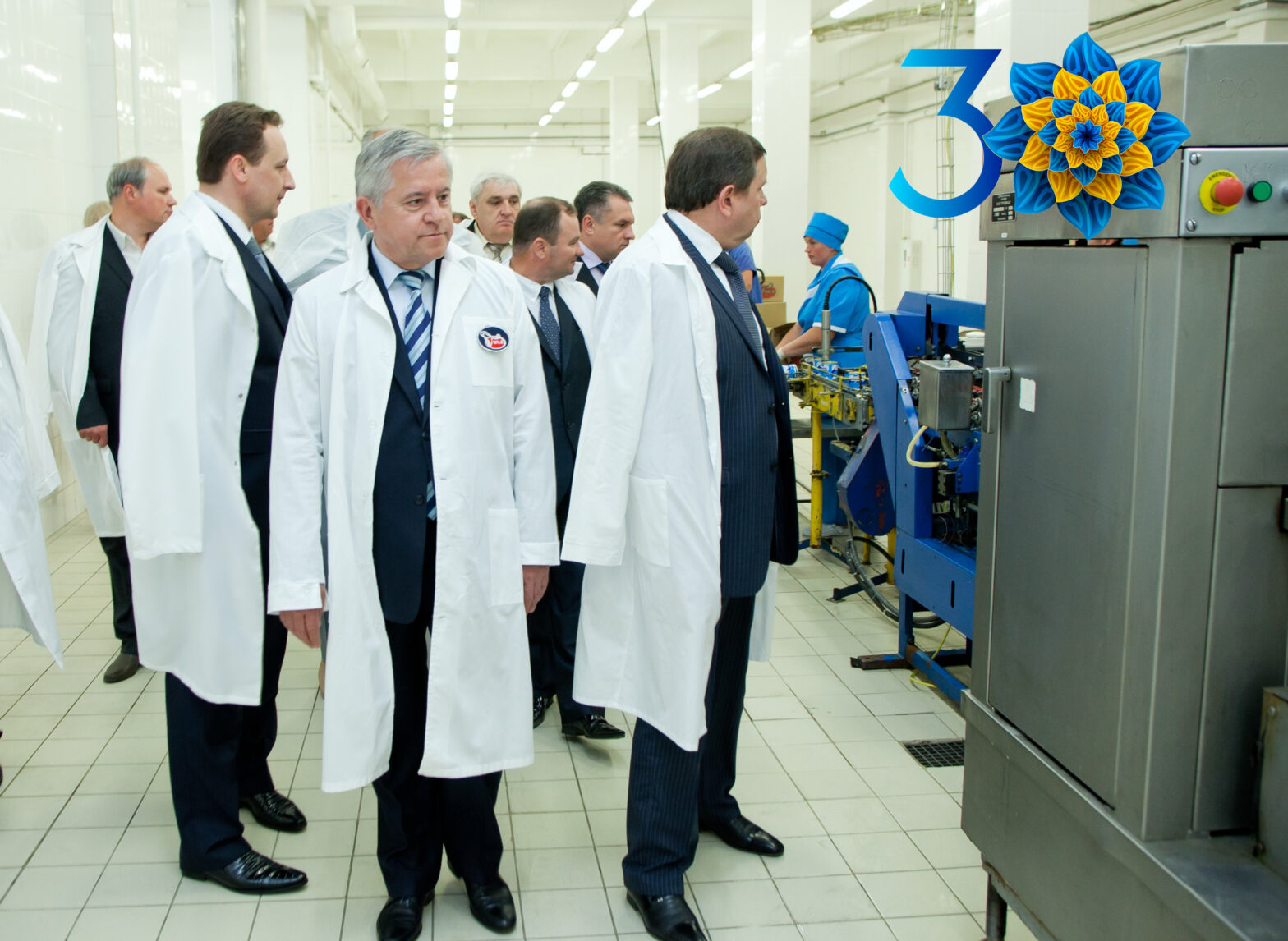
The development of shipbuilding is an important task for the Ukrainian government, as this industry affects a number of related industrial industries, and at the same time stimulates the employment of highly qualified specialists. In Soviet times, the shipbuilding industry provided itself with electrical appliances and various sophisticated equipment. Currently, the development of shipbuilding in Ukraine is a feeling of pity and at the same time, requires drastic measures by the authorities in order not to lose this unique industry. Such disappointing conclusions are prompted by the recent bankruptcy of the Nikolaev shipbuilding plant. This sad event demonstrated the decline of Ukrainian shipbuilding – an industry that for centuries has been a sign of national pride and the flagship of Ukrainian industry! This shameful bankruptcy has raised a wave of public interest in the problems of Ukrainian shipbuilders, and this status quo must be used to ensure that the authorities take immediate measures to save domestic shipbuilding. The problems of the shipbuilding industry are undoubtedly systemic: outdated material and technical base, which requires large investments (shipyards work on outdated equipment installed in the 80s of last century), lack of a unified system for planning and organizing shipbuilding, huge staff losses and more. The once powerful industry is struggling to overcome the crisis caused, in particular, by a lack of orders and public funding. According to various estimates, today in Ukraine the construction and repair of ships is carried out only at 6-7 shipyards. First of all, it is a question of the enterprises in Nikolaev, Kherson and Kiev. And at one time: “Black Sea Shipyard”, Plant named after 61 Communards, “Ocean”, “Lenin’s Forge” and many others not only ensured the stable development of the Ukrainian economy, but were its symbols, a kind of brand in domestic and foreign markets. Similar industrial facilities were located in the Ukrainian Crimea. Ukrainian shipbuilding has a glorious past. Dozens of merchant ships and warships, up to aircraft carriers, used to be produced annually at domestic shipyards.



